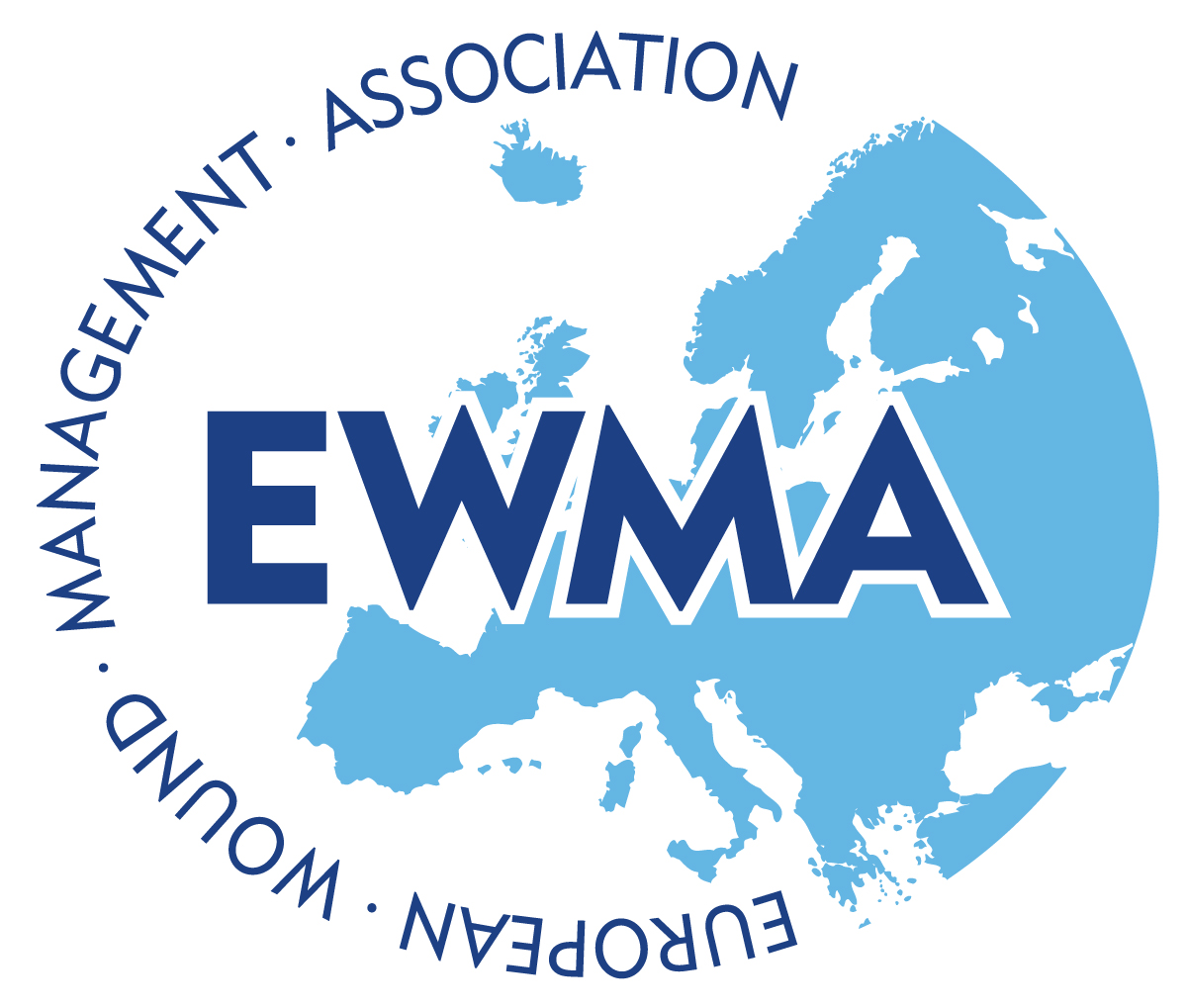Wound Care in Crisis: Navigating unique challenges and new environments
As I watch various media cover the health care response to the COVID-19, I am reminded of my past experiences with disaster relief. Specifically, I am reminded of the opening of a Federal Medical Shelter (FMS) for special-needs evacuees during Hurricane Rita and Ike. At that time, I was deployed as an officer with the United States Public Health Service to work with fellow officers, as well as volunteers.
As a wound care nurse, I did not fully realize the impact our specialty can have during crisis response situations. After all, it had been many years since I worked as a nurse at the bedside, or in any of the intensive care units and the ER, so I did not feel that I was clinically competent to work in various situations. I was proven wrong every day, and I quickly learned that my thoughts of inadequacy were unfounded.
In September 2005, Hurricane Rita and Ike hit the southern United States. Special-needs evacuees were being sent to shelters from nursing homes, hospice, homes where the family had assisted in their care, facilities that no longer had electricity and running water, and facilities that had been physically devastated by the natural disaster. This population brought pressure injuries, feeding tubes, chronic venous insufficiency ulcers, and various other wound care complications, but their care could not stop just because they had been removed from their normal environment.
Many of the volunteers at the shelter came from various disciplines and professional backgrounds. Most did not have the clinical skills that wound care nurses possess. During my time at the FMS, I was able to put together a wound care team of physical therapists, occupational therapists, and nurses who had similar clinical wound care experience. We all understood our specific scope of practice and standards of care. Using a team approach, we were able to perform dressing changes, clinical assessments, and documentation that could not have been accomplished without our collective expertise. We also performed discharge skin assessments and created wound care plans for evacuees as they were transferred from the FMS to receiving facilities, in collaboration with case managers and social workers.
At FMS I quickly learned who my logistics and supply officers were and found out what supplies were readily available to perform wound care. I contacted product representatives and asked for any useful supplies that they could provide. Those few weeks spent in the FMS revealed my worth as a wound care specialist. I realized that wound care clinicians have a unique set of skills, no matter what comprises our clinical environment.
The biggest help came from the local wound care nurses that lived near the FMS. Their hospital had been impacted by physical damage and had no electricity. Despite their hardships, they brought the FMS extra supplies and helped when they could. I remember their generosity well, and I plan to reciprocate their kindness if the need ever arises in my community.
These are the lessons I learned when providing disaster relief…
- Keep yourself healthy and hydrated. Take breaks as many times as your schedule permits since work hours will be long and physically draining.
- Be mindful of your mental health. You are exposed full-time to a lot of suffering, loss, and grieving. Take the time to find the “good” in the situations you encounter and de-stress whenever time allows.
- Remember that you are not in it alone and that teamwork is extremely important.
One of the most impactful lessons that I have learned during my disaster response experiences is that wound care clinicians bring a unique perspective and clinical expertise to every situation. We are privileged to serve our communities, colleagues, and patients – especially when it is most needed in crises.
About the Author Candice Cotton, RN, MSN, CWON, is a registered nurse who earned her BSN from the University of Alabama in Huntsville, Alabama, and her MSN from the University of Phoenix, in Albuquerque, New Mexico. Cotton retired from the United States Public Health Service as a commissioned officer in 2011. She has worked in various clinical settings and served her last 16 years in PHS as a certified wound/ostomy nurse assigned to Navajo Area Indian Health Service, in Gallup, New Mexico. Currently, Cotton is working part-time as a wound/ostomy specialist at Huntsville Health Care Systems in their outpatient wound/ostomy clinic in Huntsville, Alabama.
Candice Cotton, RN, MSN, CWON, is a registered nurse who earned her BSN from the University of Alabama in Huntsville, Alabama, and her MSN from the University of Phoenix, in Albuquerque, New Mexico. Cotton retired from the United States Public Health Service as a commissioned officer in 2011. She has worked in various clinical settings and served her last 16 years in PHS as a certified wound/ostomy nurse assigned to Navajo Area Indian Health Service, in Gallup, New Mexico. Currently, Cotton is working part-time as a wound/ostomy specialist at Huntsville Health Care Systems in their outpatient wound/ostomy clinic in Huntsville, Alabama.


